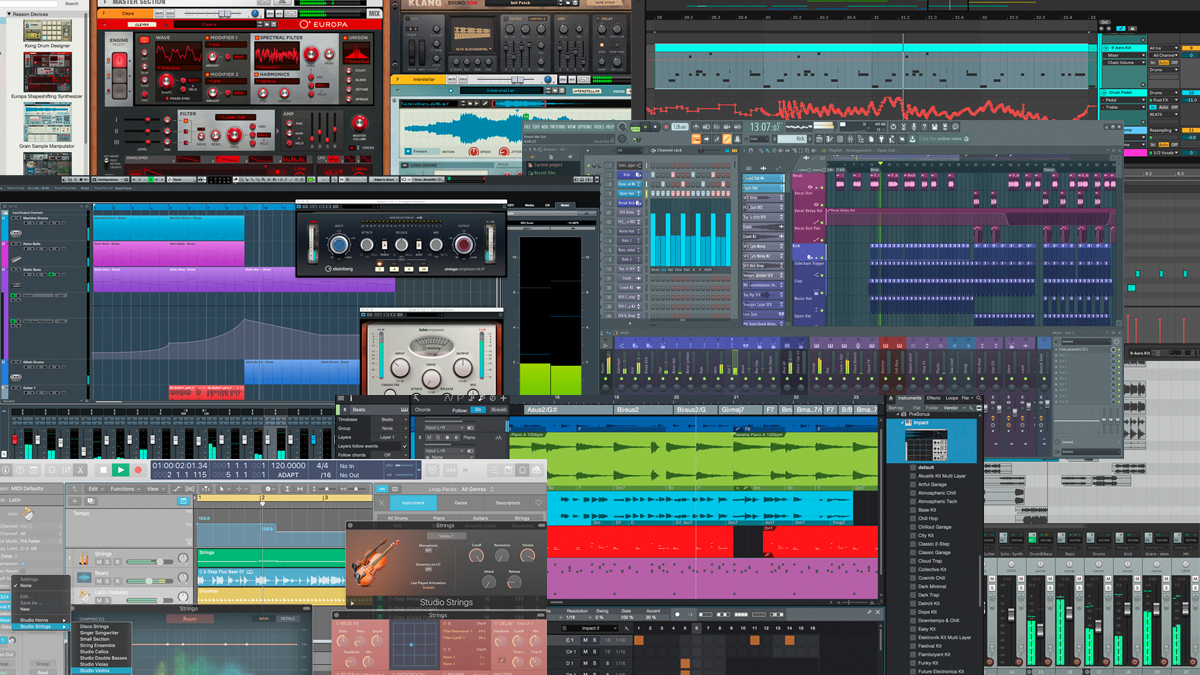
Now that you have connected your keyboard to your desired setup, it’s time to learn a little about MIDI.

Take a look at the table below to understand what cables and adapters you’ll need to connect your digital piano to a smart device: You may notice a USB Type A port in your keyboard, but this cannot be used for transferring MIDI data, you can only insert a flash drive to save recordings onto using your keyboard’s internal sounds. Most modern keyboards feature a USB Type B port, while some older keyboards and pro-grade instruments use a MIDI connection (dedicated MIDI In/Out ports). You can also use them to control various music-making and learning apps (more on that in the following sections). When you press a key on your keyboard, a sustain pedal, or use any other controller that your instrument has, you generate MIDI messages that tell which key was pressed, how much pressure was used for it, how long a note was held, etc.Īll these messages can be sent to your computer and recorded as a MIDI file.

Note: MIDI (Musical Instrument Digital Interface) is a protocol that allows computers and electronic musical instruments to communicate with each other.


 0 kommentar(er)
0 kommentar(er)
